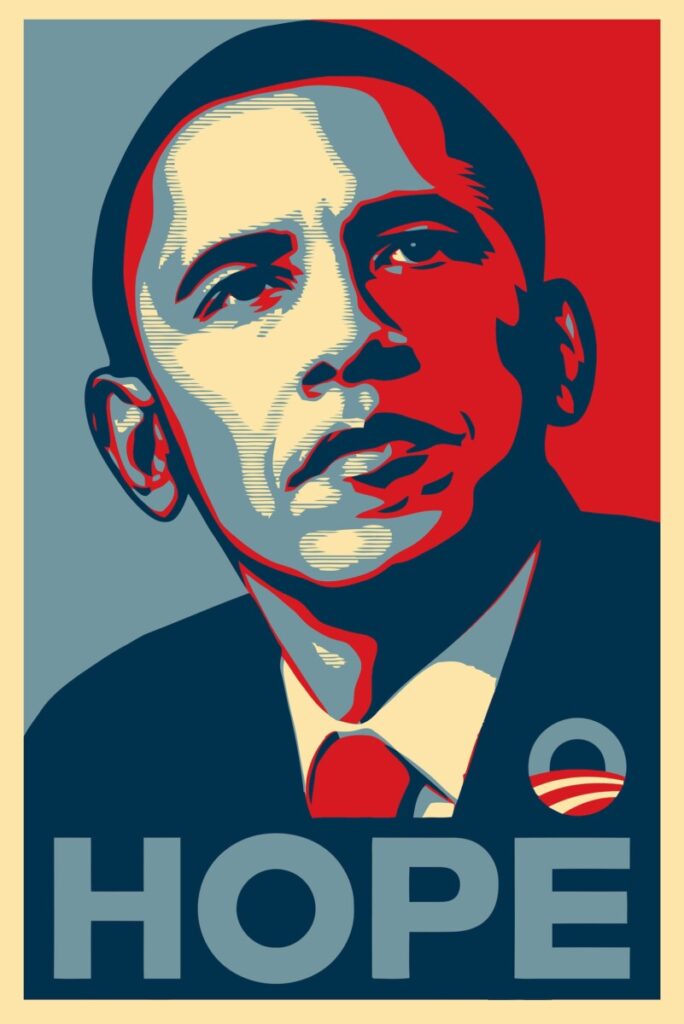As some of you may know, when creating content, it is very important to ensure that our designs are our own and not a copy from another person. That is an academic integrity violation in college, and it can bring several consequences. Furthermore, in the real world, it happens the same. According to AIGA, the Professional Association of Design, several parameters and important things must be considered when designing a professional logo or any content that will be published. It is our responsibility to report or credit the use of fonts, illustrations, photography, and any other content that will eventually be published to the audience.
It is imperative to report the ownership of the work. In the United States, we have an institution that handles the copyright claims, registrations, and information to the public; or any other idea that another person can copy without our knowledge, that is, indeed, the U.S. Copyright Office which is located in Washington, D.C.
After the reading, I will ensure that any work I do in the real world, knowing it will be publicly available, must be patented or copyrighted, primarily if I work for a worldwide audience or well-known agency.

Fairey vs. Associated Press Outcome (HOPE POSTER)
The two parties finally settled on January 12. In the end, neither side had to admit they were wrong. Instead, Fairey agreed not to use any other AP photos without a license, and he and the AP (associate press) will share profits derived from the sale of posters based on the image. Further, Fairey and the AP plan to collaborate on several other derivative works using the news organization’s collection of photographs.

All that controversy could have been avoided if the photographer had asked or followed proper copyright information and procedures to ensure that such artwork belonged to him. Although the “Hope” posters have now become one of the most iconic symbols of the 2008 presidential campaign, those pieces weren’t Fairey’s first foray into political art, and they are not his last.


